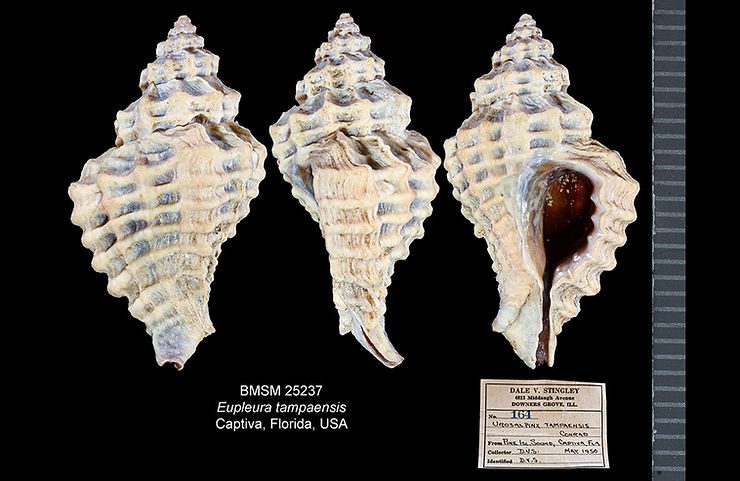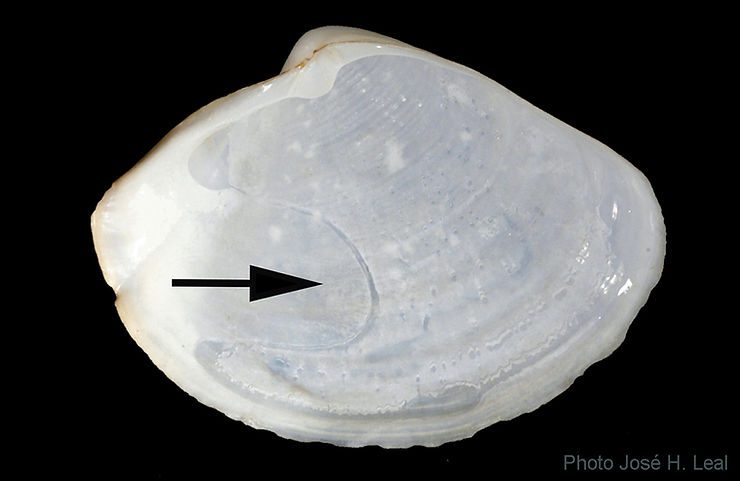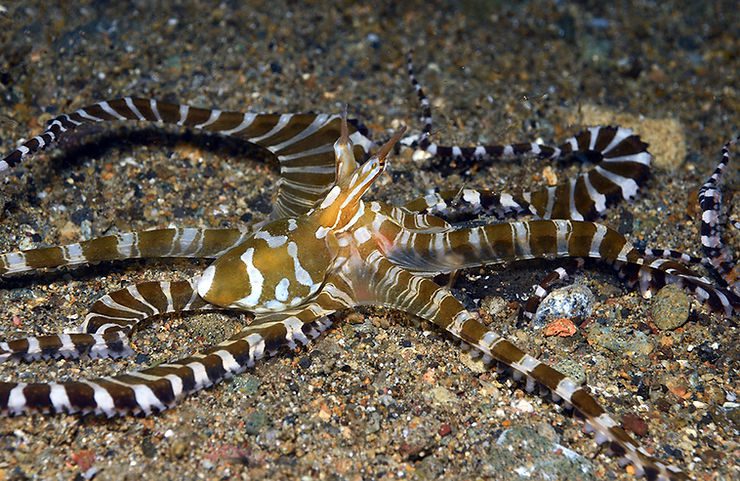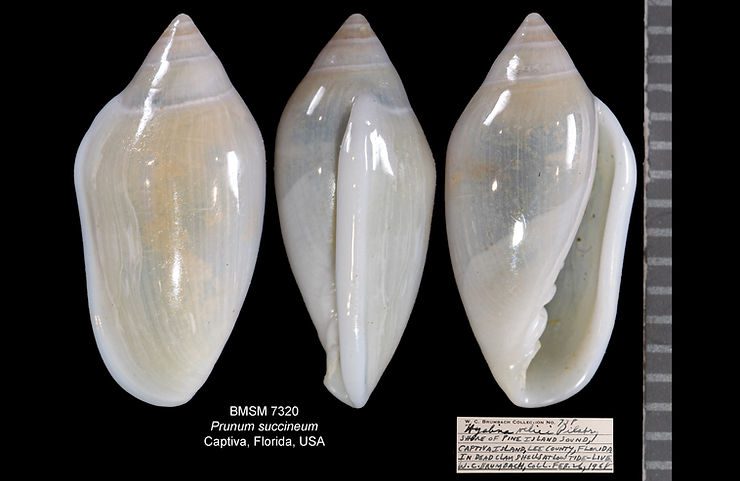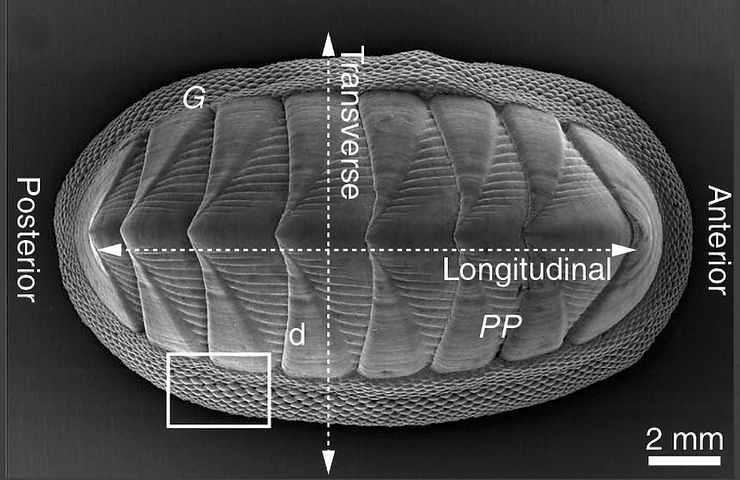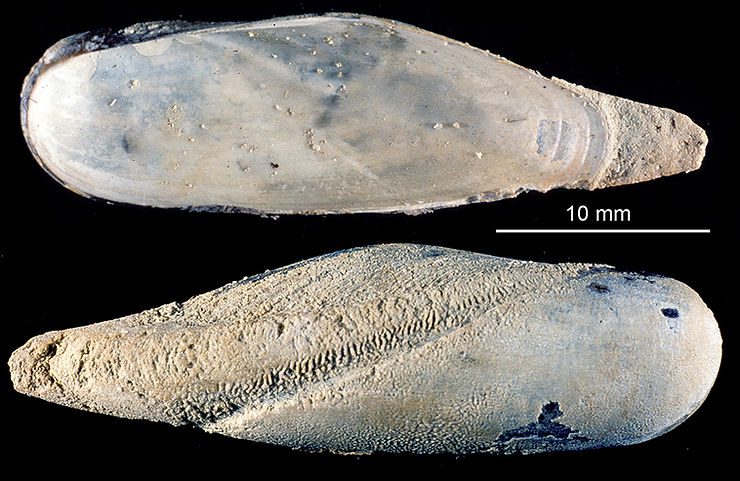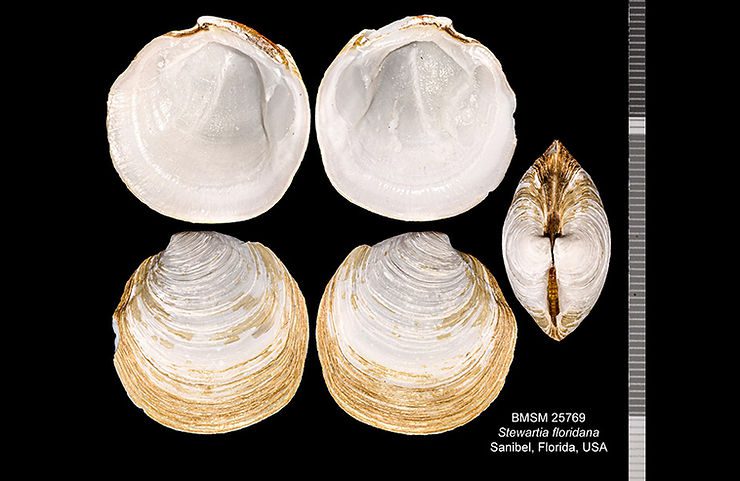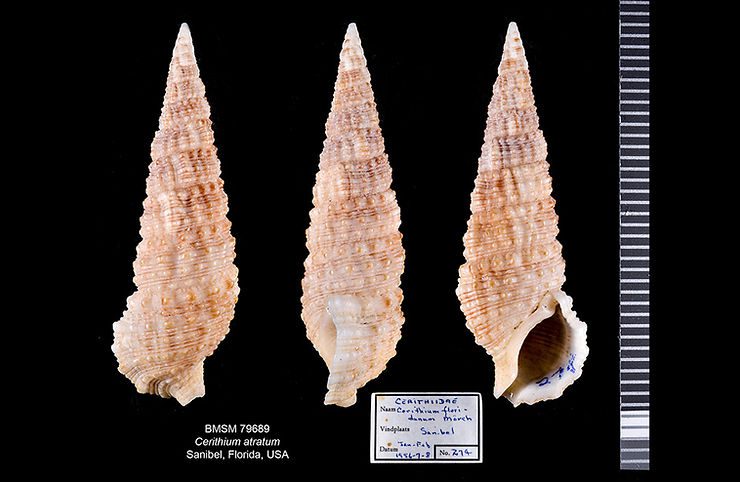
Shell of the Week: The Dark Cerith
Cerithium atratum (Born, 1778) is the most common among the six species of the family Cerithiidae present on the barrier islands of Southwest Florida. Its shell grows to about 40 mm (about 1.5 inches) and bears a sculpture of spiral (revolving) cords crossed by axial ("vertical") ribs. Beads form at the intersection of those cords and ribs. Those spiral cords are separated by smaller spiral lines. The shell color is dirt-white to gray covered with irregular brown spots or flecks. This detritus-f
